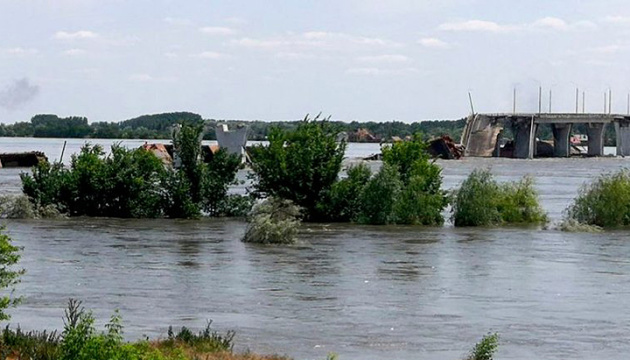
Blowing up of the Kakhovka HPP: Chronicled forests and hundreds of thousands of rare species are dying
Due to the explosion of the Kakhovka HPP, territories with international status, including Ramsar sites and Emerald network objects, came under attack. We may lose natural historic forests, such as the so-called Gilea, endemic plant species will die, the territory will be taken over by weeds, and the animal world will suffer losses. Both flooded areas, and those drying due to the drastic shallowing of Kakhovka Reservoir are at risk.
The current situation leaves scientists, ecologists, and conservationists without access to these areas, which leaves us with only a vague idea of potential damage. Ivan Moisiienko, a member of the board of the Ukrainian Nature Conservation Group and Head of the Department of Botany at Kherson State University, informed Ukrinform about them.
WILL WE LOSE GILEA?
If we consider the flood in terms of wild nature protection, about 50 nature reserve fund objects will be affected. These will include the Black Sea Biosphere Reserve and three national nature parks – Lower Dnipro, Ivory Coast of Sviatoslav, and Oleshky Sands. A large number of small objects are also in trouble: wildlife reserves, landmarks of nature and horticultural art, and Kinburn Spit regional landscape park.
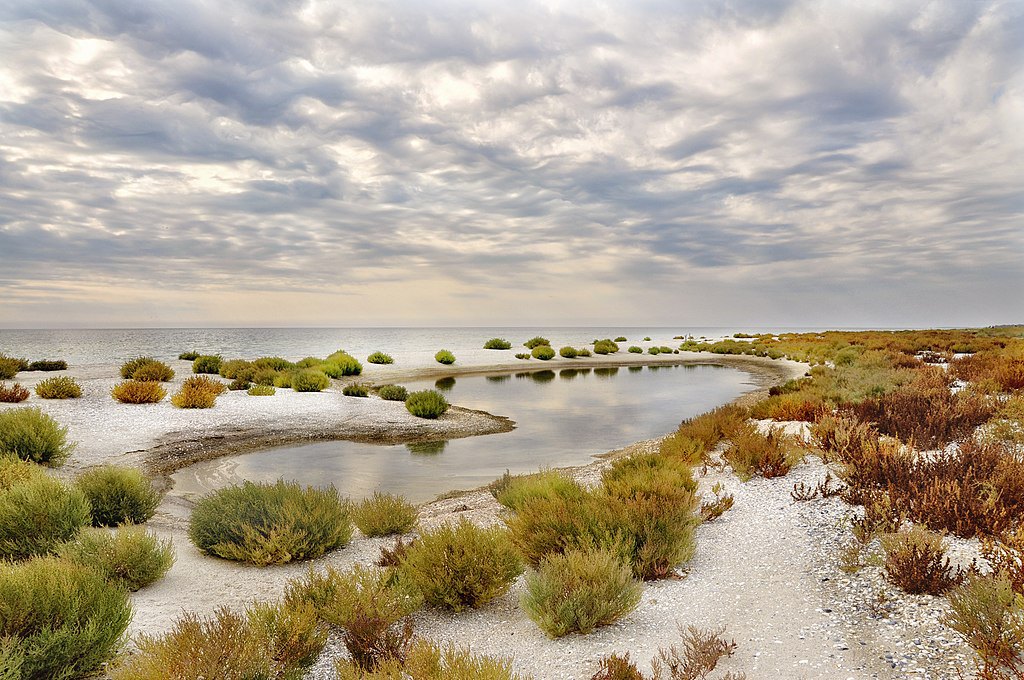
As noted by Ivan Moisiienko, these territories have many various international statuses. In the Dnipro delta, wetlands of international importance, called Ramsar, with an area of 33,000 hectares, appeared in the disaster area. Seven objects of the Emerald network will also be affected. This area has the status of Important Bird and Biodiversity Area (IBA) required for the preservation of bird populations.
- This is if we are talking from the official point of view. From an informal perspective, it implies that significant number of individuals belonging to numerous species will be eradicated, including those listed in the Red Book of Ukraine. The affected areas include groups identified in the Green Book of Ukraine and biotopes that are protected by Resolution No. 4 of the Berne Convention. We are talking about hundreds of protected objects. I can cite vivid examples for each item. For instance, we have endemic plant species found only in the Lower Dnipro sands. According to the current dynamics, it can be observed that the sands are being submerged along the left bank of the Dnipro flood plain, resulting in the steppe, meadow, and forest plants getting wet, as stated by the scientist.
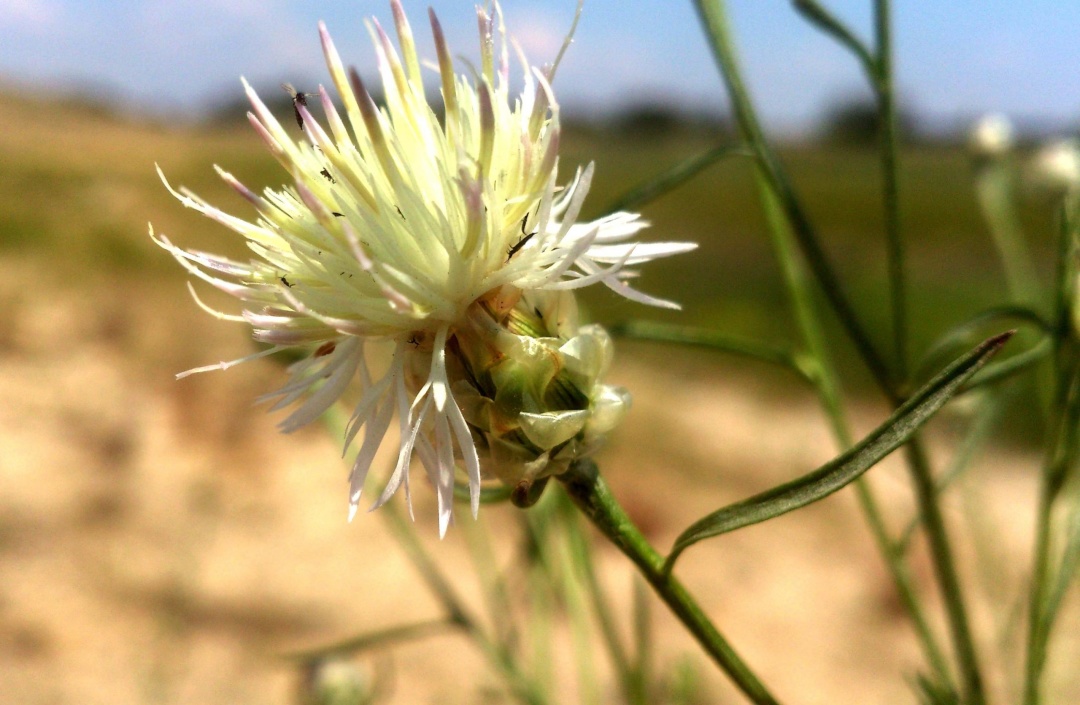
For instance, cornflower (Centaurea breviceps) is a local endemic plant found only on the sands of Lower Dnipro. Today, most of its population is flooded, and this is a xerophyte (a plant growing in dry environments – author). Hence, Professor Moisiienko predicts that it will perish in the flooded regions.
Furthermore, in the event of a durable flood, real natural pine forests, which are not planted artificially, will most likely be affected.
- We have the remains of Gilea – natural chronicled forests that were visited by Herodotus back 2,400 years ago, who wrote about a large forest country in the lower reaches of Dnipro, the professor notes.
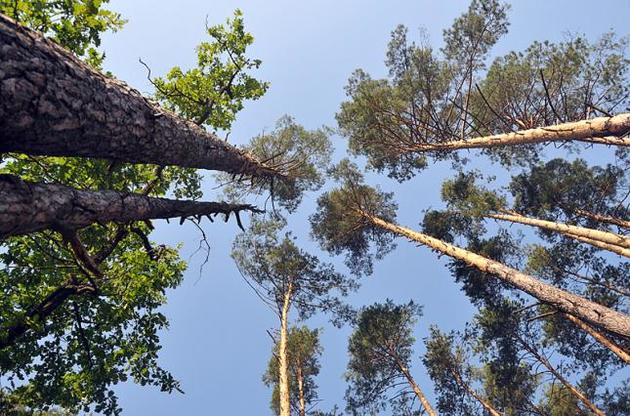
According to him, the death of birch in the meadows is observed even in “normal” years with a high level of groundwater, and the main reason is that it gets wet. And today we are talking about a total flooding. This endemic birch species even has a double status – it is included in the Red Book of Ukraine, while its grouping – in the Green Book of Ukraine. The tree grows in lowlands, where water is likely to stay, so it can be said that a large share of the population will die.
The remnants of the legendary Gilea are also under threat, as are the oak groves.
- The largest giant oaks in Kherson Oblast measure between 3 and 4 meters around, and some of them are situated right in the Zburyivka Forestry near the Dnipro banks. The reeds end, and here they are. There is a high risk that these trees will be damaged because they cannot withstand prolonged flooding, the professor says.
The situation with oaks in Mykolaiv Oblast is the same. There are huge oaks on the western part of the Kinburn Spit, especially the one with a diameter of more than 5 m, which grows in the Black Sea reserve. Perhaps, they will survive, but it will depend on the duration of the flooding.
The situation with animals is tragic. The sandy blind mole-rat, which is an endemic species of Lower Dnipro sands and is listed in the Red Book of Ukraine, lives in the flood zone.
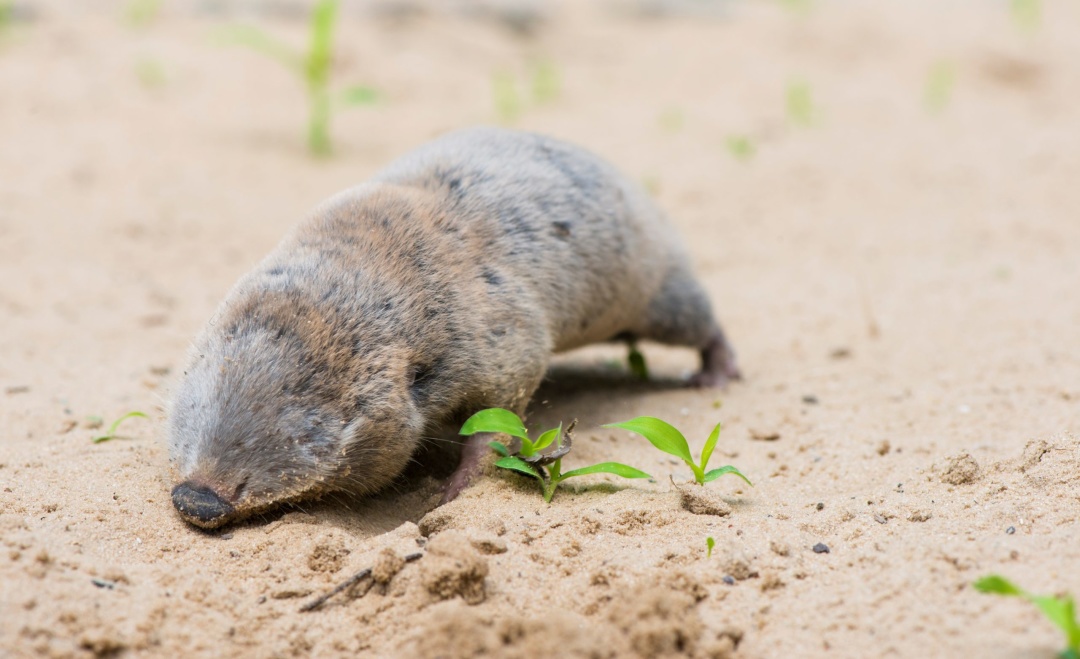
- And many others. Here, we can have a lengthy talk about what we can lose out of what we tried to preserve by creating protected reserves. We are talking about the death of hundreds of thousands of rare individuals, the professor notes.
He emphasizes that land inhabitants will not be the only ones affected. It would seem like what could happen to aquatic ecosystems, aquatic plants, such as salvinia, duckweed, etc. But the fact is that they are adapted to exist under conditions of stagnant water or a very slow current, which was characteristic of the reservoir.
- Now, the current is fast, and this is not their biotope at all. Freshwater plants will be just thrown into the sea, and they are not adapted to growing in salt water. Therefore, many aquatic plants will die.
They will restore, but when and how long will it take? The main population will be carried out to sea and die there. The scientist predicts that this story will be deeply sad and extended.
A 65-YEAR-OLD ECOSYSTEM WILL DISAPPEAR ABOVE THE DAM.
Moreover, a significant transformation will take place above the Kakhovka HPP dam. The first thing that will be affected is the water and coastal over-moistened areas.
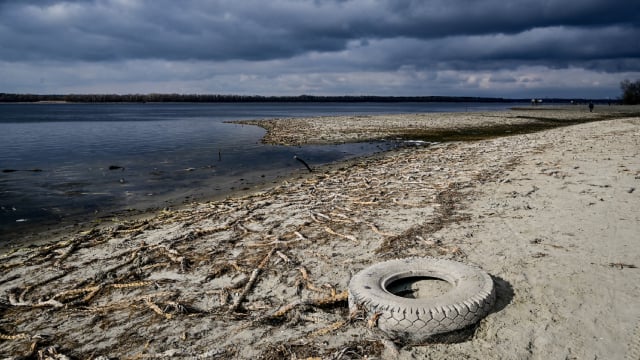
- A drying process will take place there. The reservoir is an artificial object, but it was created 65 years ago. In 1958, its bowl was completely flooded. Ecosystems with their own flora, a world of fish, molluscs, birds, and animals formed there. There are quite a few rare species, such as beavers and
many birds there, which are included in the Red Book of Ukraine. And now the water just went away.
So many animals will die. Reed thickets, groups of aquatic plants will die, says Ivan Moisiienko.
As for such mobile species as birds, part of their population will be preserved. Most likely, the younglings will be affected because they are just learning to fly now that the nesting period is active.
- It is probable that birds might die; however, their mortality rate will be less than that of, for instance, molluscs or crustaceans, which are incapable of moving fast. I witnessed distressing video footage in the vicinity of Maryanivka, situated behind Novovorontsovka, where the water had departed from the wintering pond, and the entire bottom was covered with fish. The fish could not swiftly follow the water. This means that even those animals that can move swiftly and seem to be unaffected are dying en masse, says the scientist.
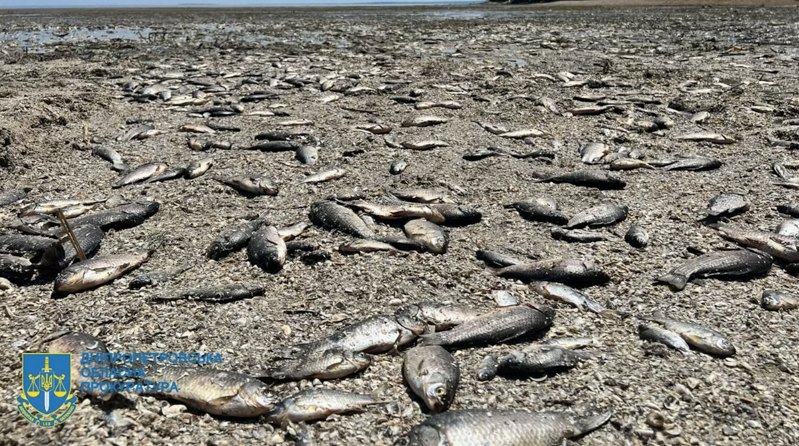
And already in the first year, weeds like ragweed will grow on the land. They are very mobile and can quickly take over the territories. The scientist says that weeds usually can’t compete with local species, but these local plants will appear in 10, 20, 30, or even 50 years, while the weeds will spread quickly. According to him, by the end of summer, we will have weeds in the drained areas of the reservoir. Besides everything else, this will be felt strongly by people prone to allergies.
THE SITUATION IS ALARMING BUT SCIENTISTS ARE UNABLE TO DOCUMENT LOSSES
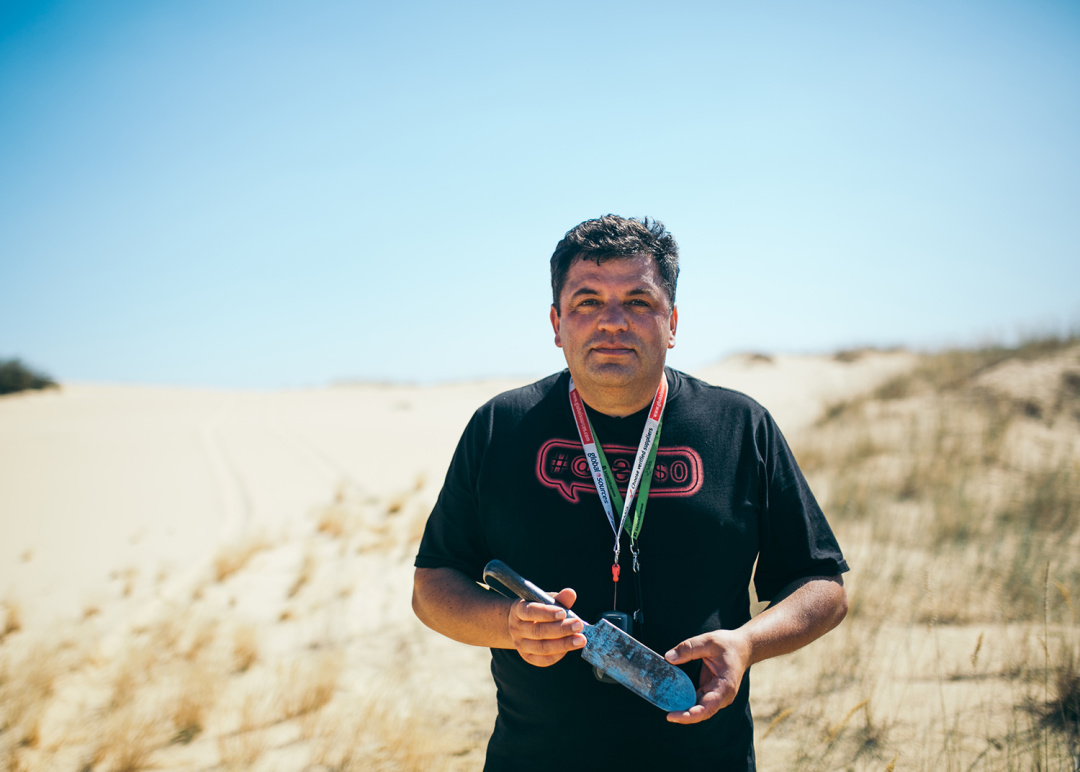
Ivan Moisiienko is confident that all the processes he anticipates will occur. However, it is uncertain to what extent. The affected territory is currently a front line which is being shelled and mined. Scientists are unable to assess, conduct surveys, and, most importantly, document the losses. As per his statement, it is currently not feasible to access even the territories that were liberated a year ago, as they have not yet been demined. Scientists visited Kamianska Sich, for instance, but only examined a limited portion of it, particularly in close proximity to the roads.
- The situation is dire, and no one is allowing us into the steppe, the professor complains.
Iryna Staroselets
First photo: Getty images




